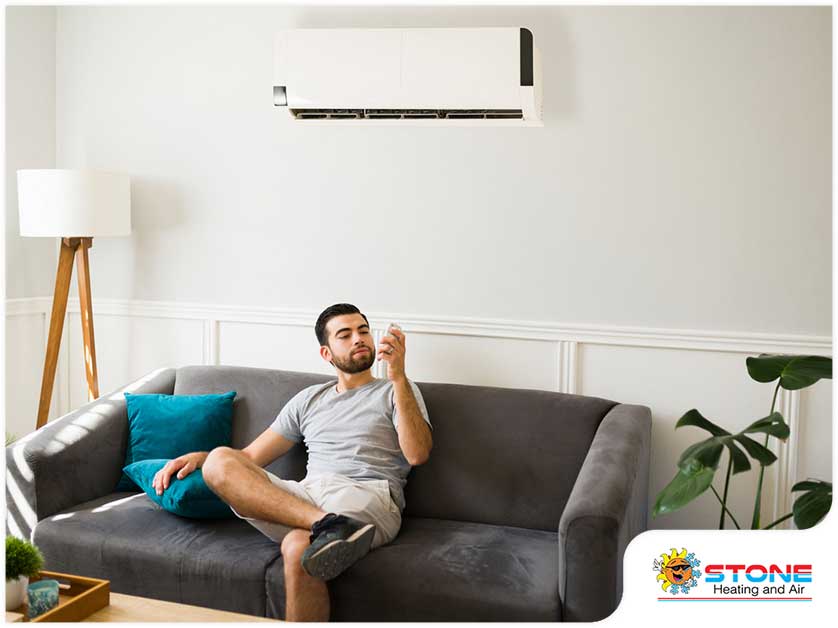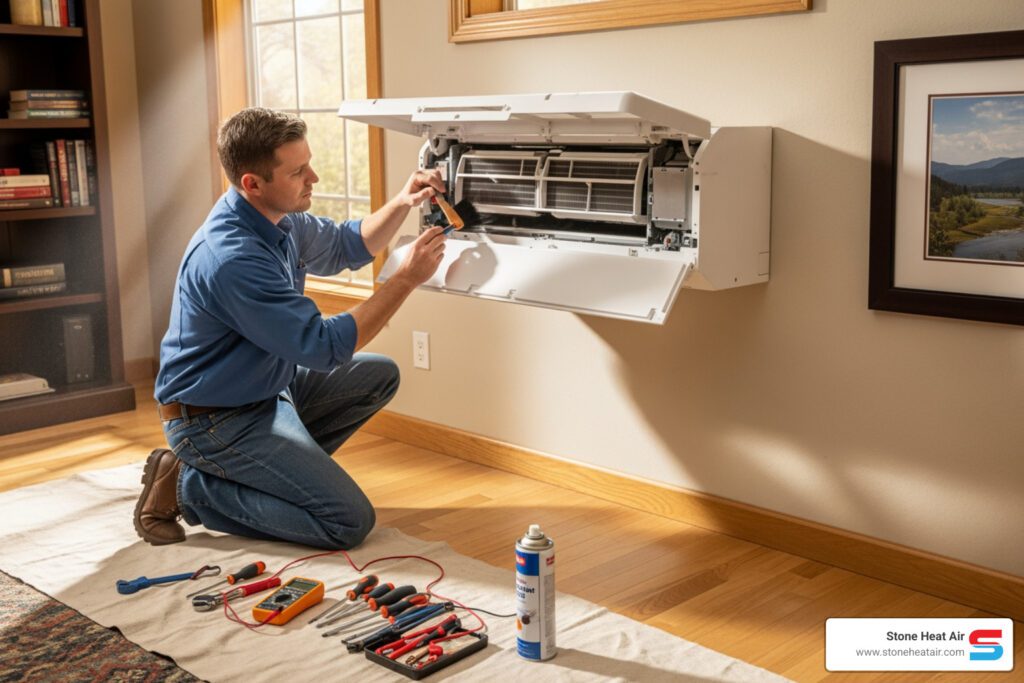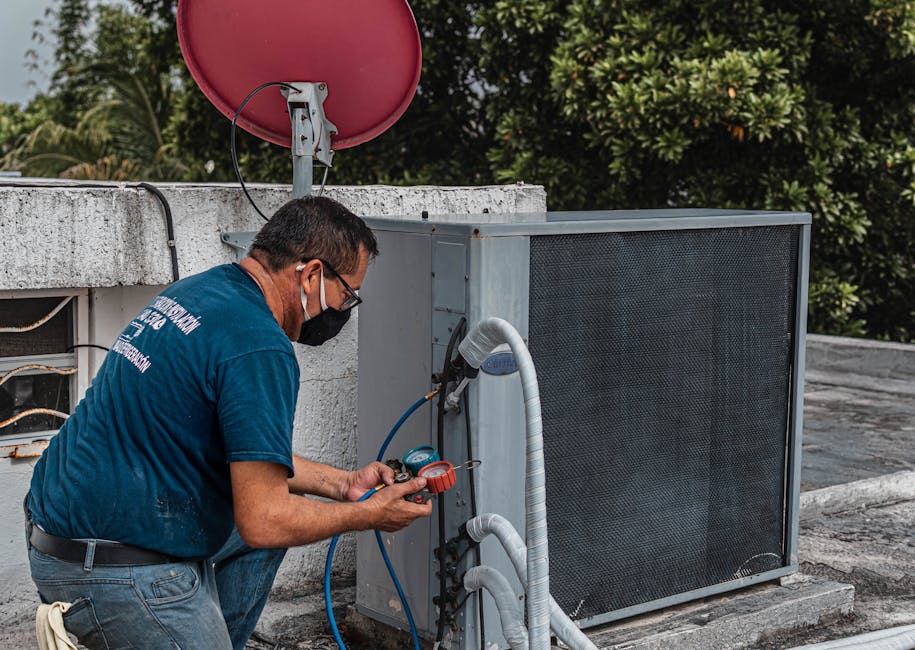Ductless Air Conditioners and Their Features
Air conditioning is an essential system in homes, apartments, and office buildings. However, it can be particularly tricky even for professional HVAC companies to install them in old buildings and homes. Fortunately, ductless systems are an ideal solution for those who don’t have sufficient room or access to a traditional air conditioning unit.

As a homeowner, it is important to make an informed decision when considering a ductless air conditioner. To help you out, our HVAC experts at Stone Heating and Air take a look at how they work and the differences between their types.
What Is Ductless Air Conditioning?
A typical ductless air conditioning system has two main components: an outdoor compressor or condenser unit and an indoor air-handling unit. Each component is connected through a small hole in the wall by refrigerant piping, conduit, and wiring. With these two components working together, the entire system provides cooling and dehumidification throughout your home.
The biggest benefit of using ductless AC units is their energy efficiency. Unlike conventional AC systems where up to 30% of all energy can be lost due to leaks, cracks, or gaps, a ductless AC allows cool air to travel straight from the system to your living space without having to go through any ducts.
Additionally, if you wish to cool specific areas in your home, its zoning capabilities allow for separate temperature control zones. This saves both money on cooling and time trying to get just one room comfortable. Other benefits include a longer lifespan and less noise when operating.
Types of Ductless Air Conditioning
Three major types of ductless AC are available: single-split systems, multi-split systems, and variable refrigerant flow (VRF) systems. They operate differently based on the complexity and size of the buildings they are intended for. They all offer long lifespans, energy-saving capabilities, convenience, temperature control, and comfort with proper care and maintenance.
Single-Split System
A single-split system is the most common type of ductless air conditioning. Many air conditioning companies recommend this for small homes and buildings because it consists of a single outdoor unit hooked up to one indoor wall, window, or console unit. This system cools one room in particular but can also be used to provide cooling for multiple rooms, provided that each has an indoor unit connected with copper pipes.
Multi-Split System
Multi-split systems are ideal for more significant buildings or homes. It lets you install multiple indoor units throughout the property, all of which can be controlled separately. This system consists of one outdoor compressor unit hooked up to two or more indoor air handlers connected using copper pipes and coolant lines. This allows for ultimate flexibility in setting cooling preferences for every room inside the property.
Variable Refrigerant Flow System
Variable refrigerant flow systems are great for larger indoor spaces, providing flexibility in controlling temperatures and humidity levels. This system incorporates multiple indoor units, with ducted or ductless designs that give users the option to control numerous zones separately throughout a building or home. A VRF system is an optimal choice for those with energy-saving needs as it can adapt better than other traditional cooling systems while conserving energy.
As one of the top home heating companies in Central Point, OR, Stone Heating and Air can guide you on the type of cooling system that works best for your property. We specialize in all models and types of ductless AC units, so we can help you find the perfect solution for your space. Call us at (541) 855-5521 today! You can also message us here to schedule an appointment.
Category: HVAC
Request An Appointment
Related Content



